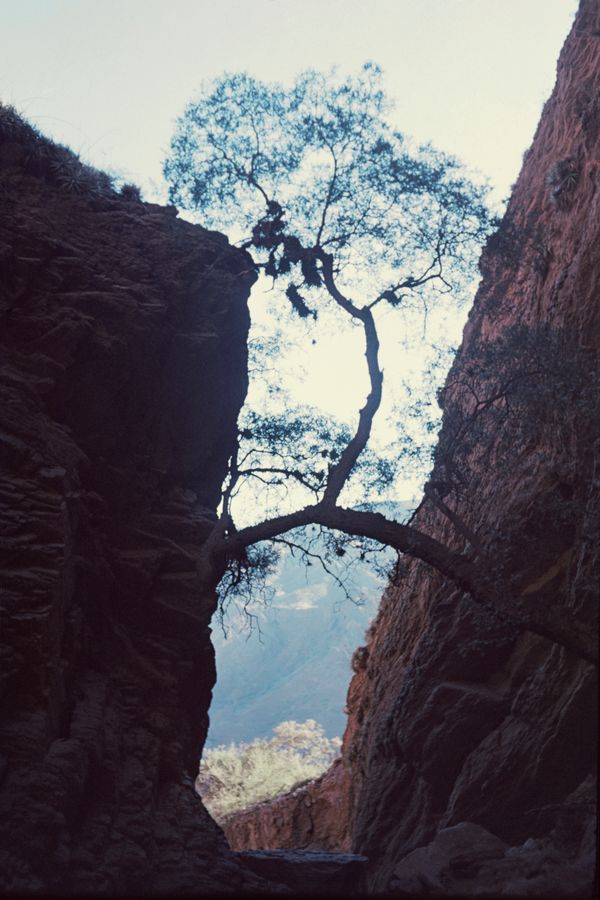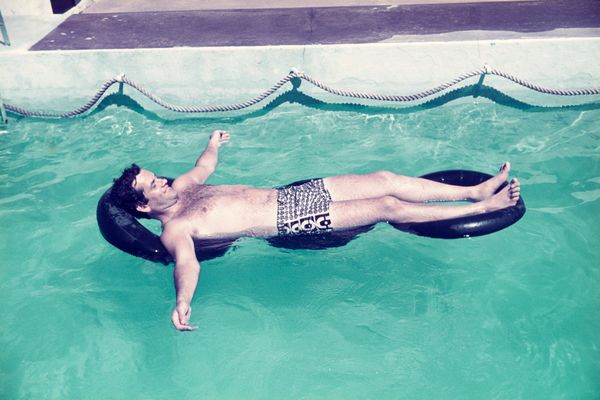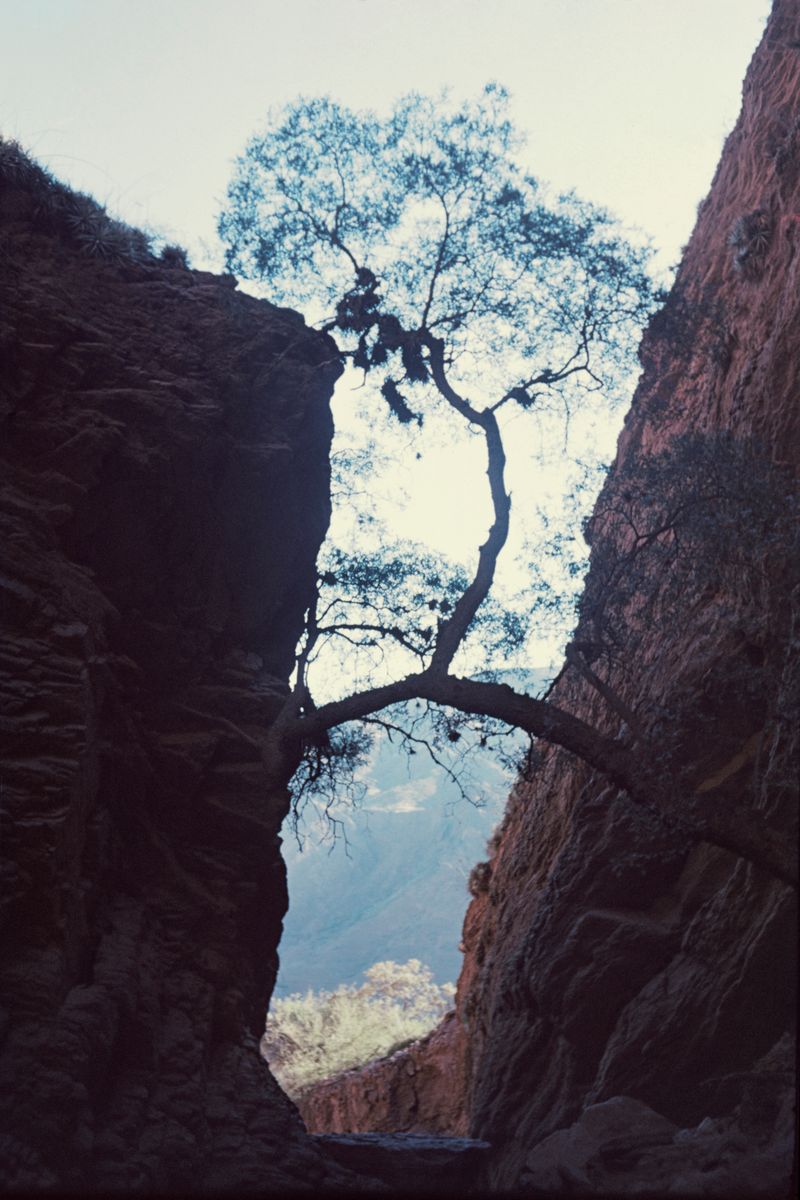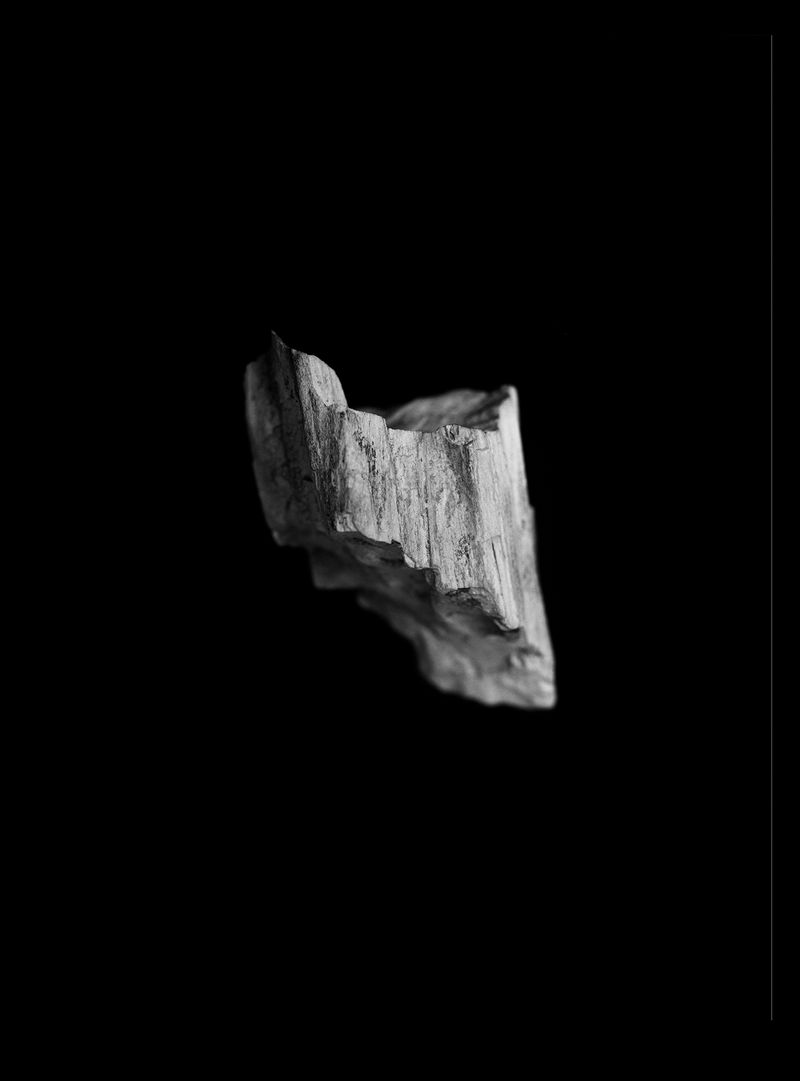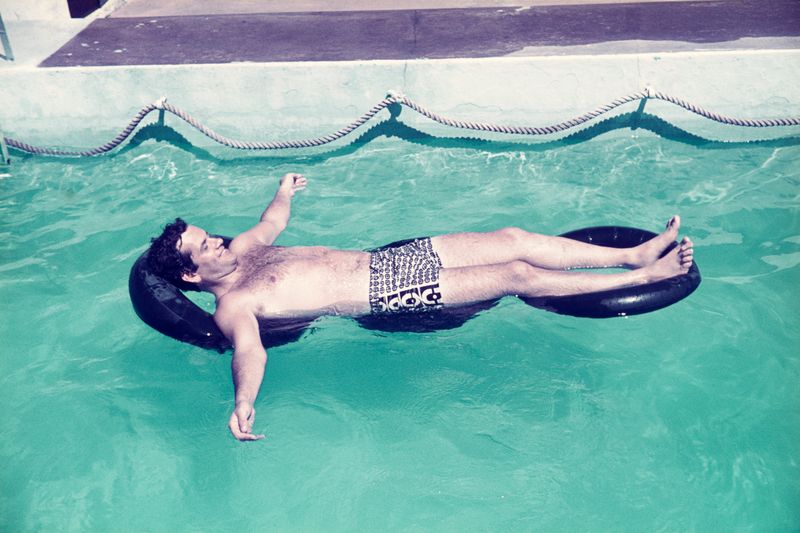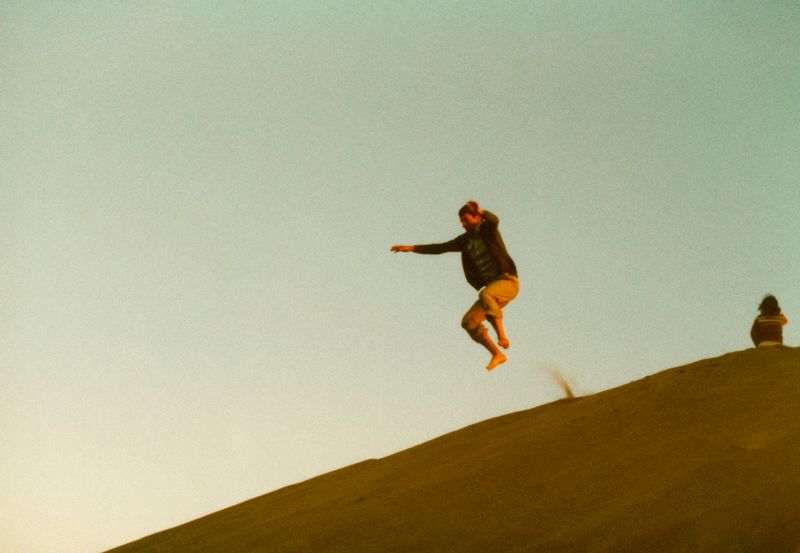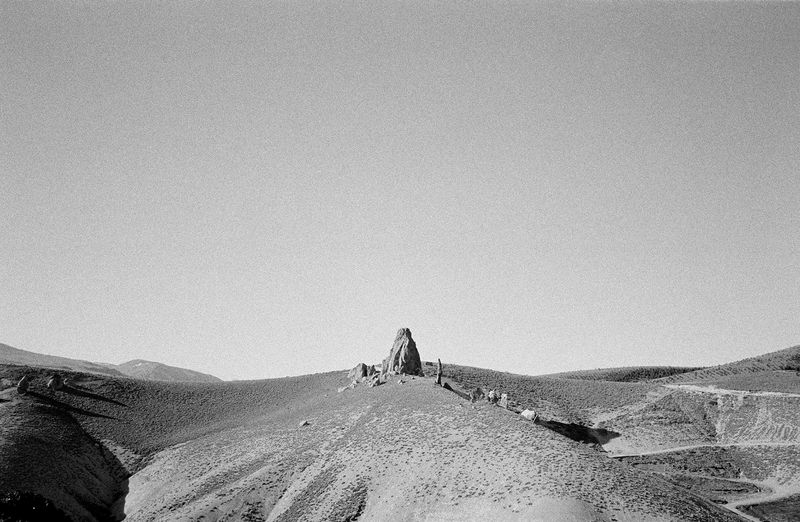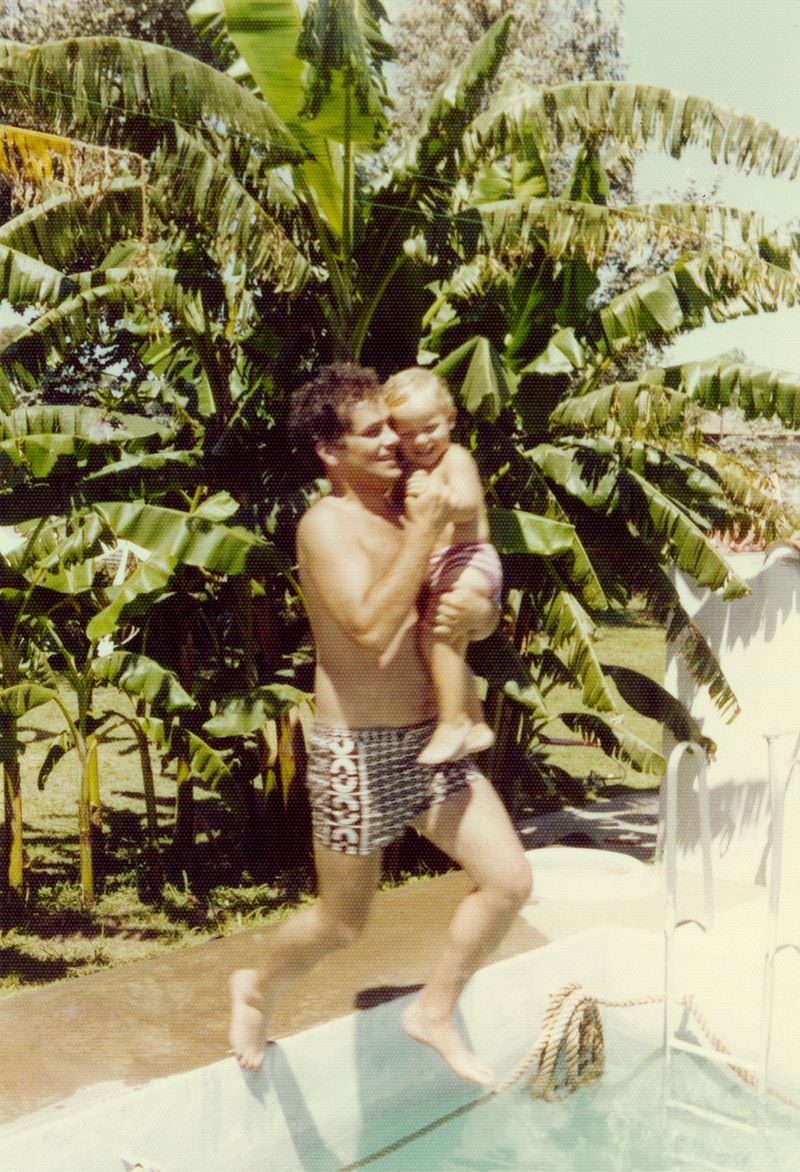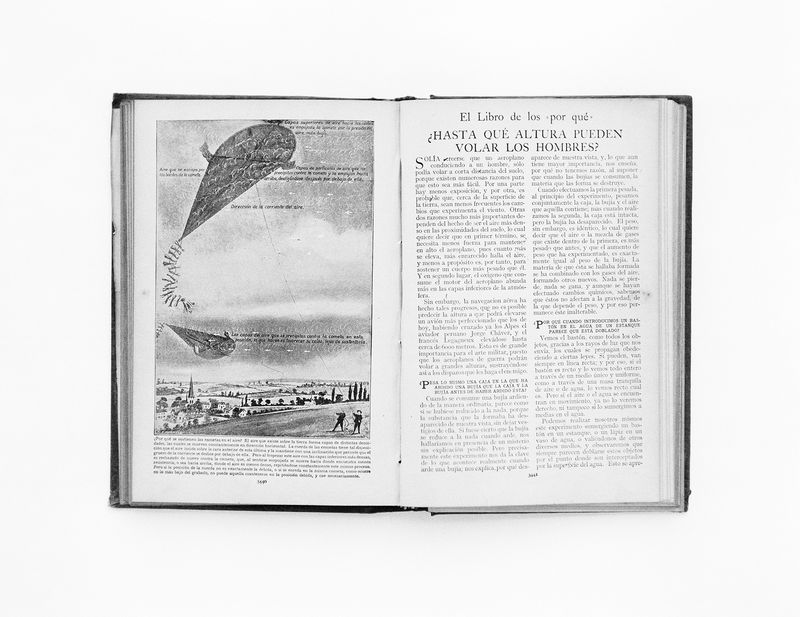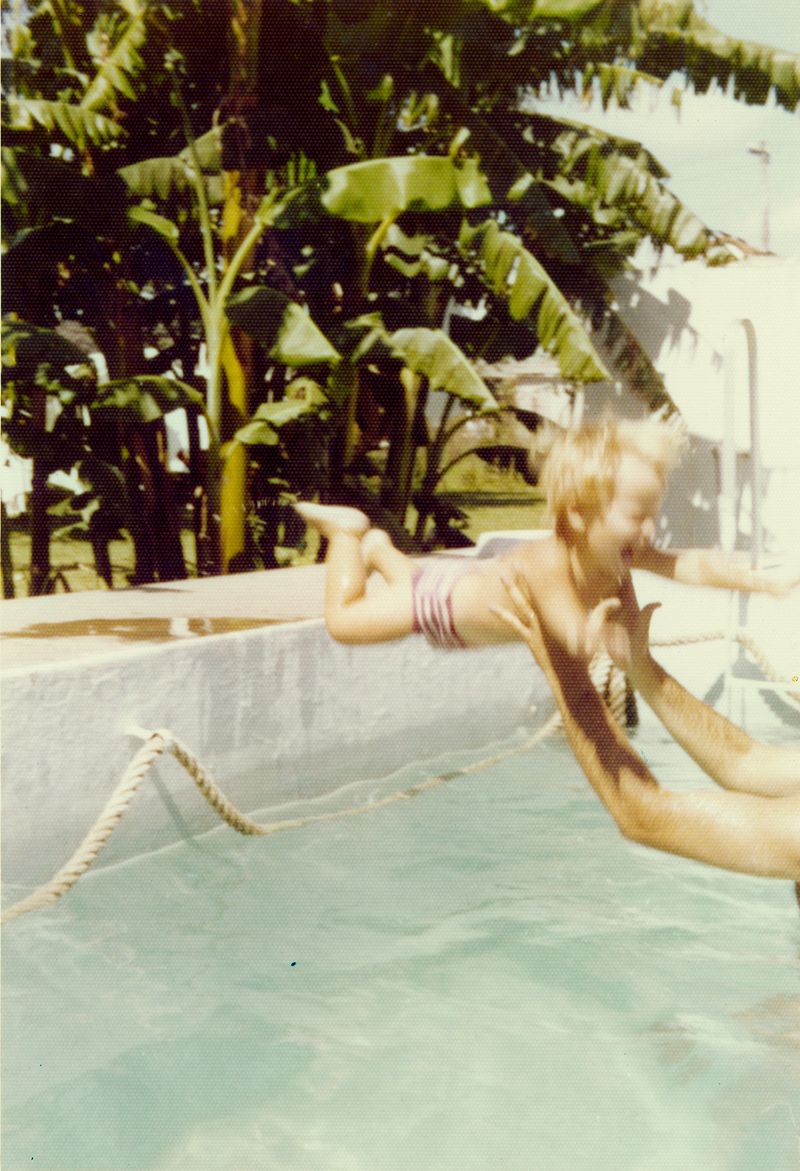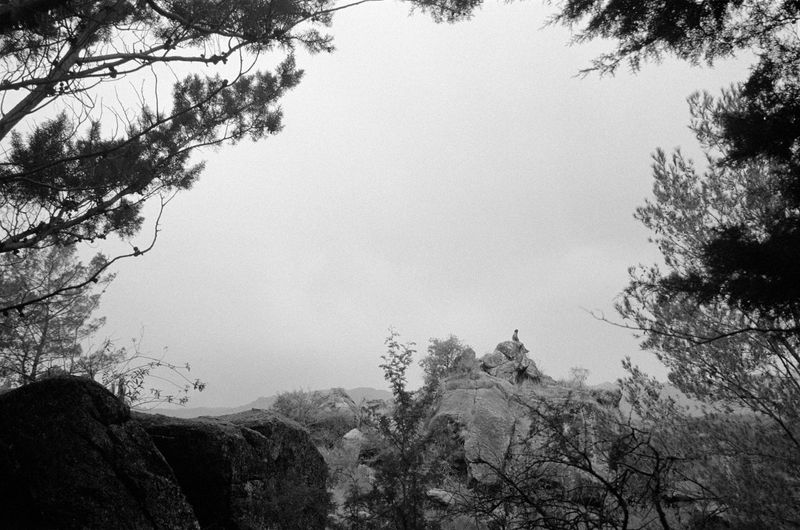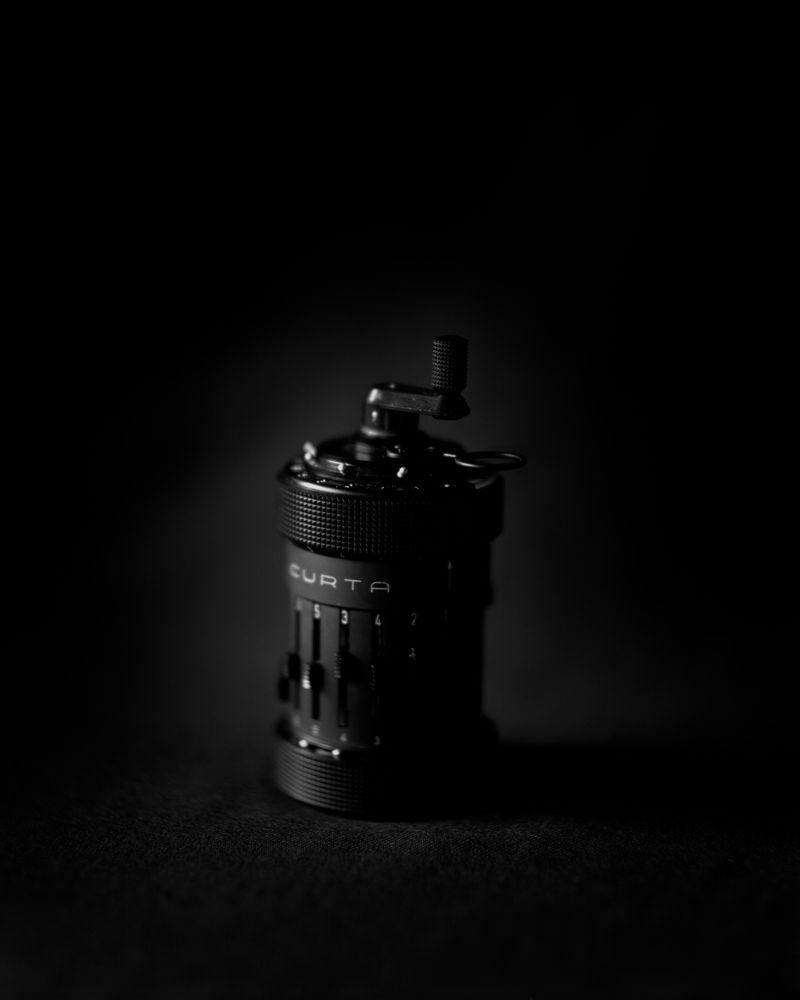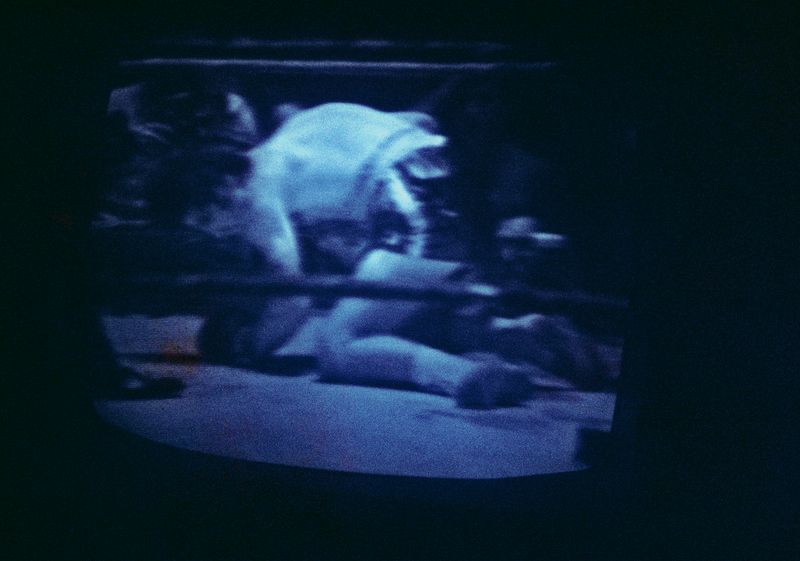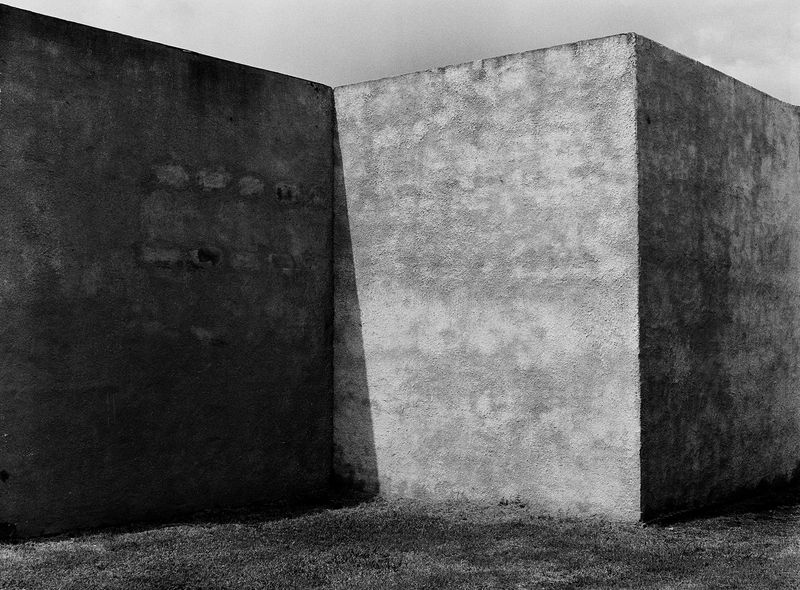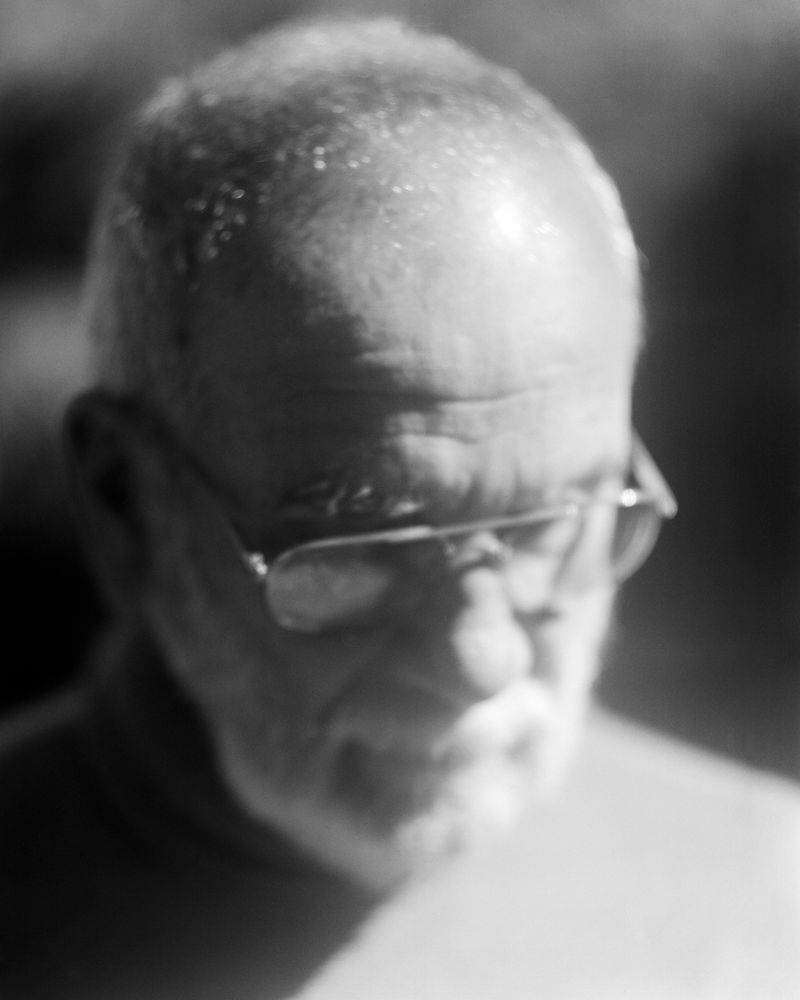Leve
-
Dates2017 - 2023
-
Author
- Location Argentina, Argentina
Leve is a way to examine the link with my father, to know its contours, to review its transformations. It is an orbital tour around him, a mutual observation. Leve brings together images from different periods and anecdotes polished by repetition.
Leve (in English: slight) claims a space for fantasy. As opposed to a conventional reading of the family biography, text and images coalesce in this account, exploring and honouring the figure of Carlos -my father- who has the ability to negate the force of gravity. This project reveals the fragility of both memory and body, and thus of the human condition, from the open, free-flowing, unstable perspective of verisimilitude while highlighting the power of photography to create universes.
Leve brings together images from different periods, archives of diverse origin and texts about anecdotes polished by repetition and others that will become true with time.
Texts (selection):
In 1947, my father is four years old and lives in Covunco Centro, in the province of Neuquén. The village, located in the intersection of Provincial Routes 3 and 14, is nothing more than a group of houses built in the same style and occupied by the families of the soldiers assigned to the 10th Mountain Infantry Regiment. He lives in house number 11 with his family. His house and that of his neighbours are separated by a canal that is one metre wide and roughly one and a half metres deep. When the water level is low, crabs gather at the bottom. The neighbourhood kids spread out across the bank and poke at them with sticks. A day like any other, while attempting to reach a particular crab with his stick, my father loses his footing. Before the fall, he anticipates the potential outcome: he would be devoured by a group of crabs that are sick of being pestered by multiple generations of kids. The vengeance of the crustaceans. He doesn’t recall falling or hitting the ground. He doesn’t recall the final hasty lateral walk of his executioners. He doesn’t recall jumping. All he remembers is losing his balance and then the image of his hands reaching out for the edge of the canal and safely suspending his body in mid-air.
---
Throughout his teenage years and early adulthood, my father has a recurring dream. He always wakes up shaken, in a state of deep, atavistic, osseous distress. He devotes the first few minutes of days like these to shake off that eerie awakening. In his dream, his feet are extremely far away from his torso. He loses unity. Or rather, his unity becomes impossible. As they drift away, the soles of his feet feel ever more present, to the point of pain. The sensation caused by the dream is so oddly specific that very few things can alleviate it. He identifies two: squeezing a nautical key ring made of foam rubber and listening to a barely audible song in an unfamiliar language. Today, decades later, he still experiences a strange sense of pleasure when he wraps his hand around certain types of rubber objects and squeezes them.
---
It’s July and my father is 25 years old. He lives in their house on Las Heras Avenue. He will soon marry and leave the parental home. Seated in the living room armchair, he watches attentively. A white shot above, black nothingness beneath. The picture appears inverted, impossible. The module rotates and the satellite comes into view from below. It organically approaches an uneven surface: a colony of microorganisms, the lower back of a whale. The shadowed structure takes up half the screen. A series of puzzling, stimulating, incomplete images follow. It’s all darkness now. Something, black at first, then white, reels clumsily out of the shadows towards the moon’s grainy mass. Armstrong impassively climbs down the ladder. My father stands up. Armstrong pauses for a second. They both estimate the distance. Armstrong lets go. My father presses the shutter button of his camera.
